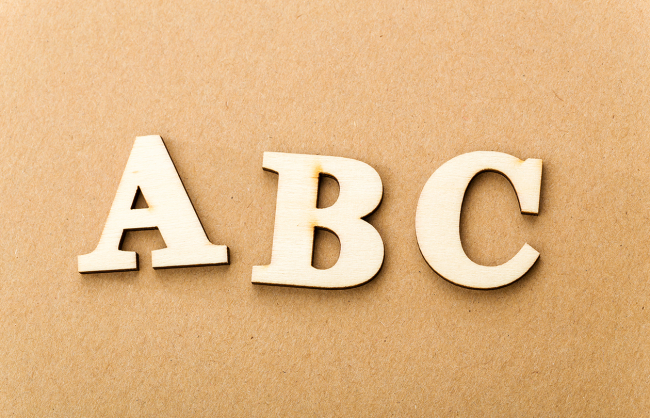When a group was asked “According to the IRS, what does ‘Qualified’ mean?” in regard to a Qualified Intermediary in a 1031 Exchange, answers included, knowledgeable, honest, educated, and meet certain security requirement per the IRS. Logical responses and assumptions, but they are not accurate. “Qualified”, according to the IRS, simply means that they are not disqualified.
Disqualified Parties in a 1031 Exchange
If “Qualified” only means not disqualified, who is disqualified to act as a Qualified Intermediary (QI) in a 1031 Exchange? The Exchanger for one; an Exchanger cannot act as their own QI, based on the rule that an Exchanger cannot be in “actual or constructive receipt of the sale proceeds.” Additionally, a relative of the Exchanger cannot be the QI, nor can an agent of the Exchanger, which would include an employee, attorney, accountant, investment banker, real estate agent or broker of the Exchanger within the last two years. Aside from these disqualified parties, nearly anyone can act as the Qualified Intermediary.
Regulations on Qualified Intermediaries
Most people are shocked to find out that there are no federal regulations or licensing requirements on 1031 Exchange Qualified Intermediaries. QIs are not overseen by any governing body, including the IRS and state Banking Departments. There are eight states in the country that regulate QIs on the state-level including, New Hampshire, Virginia, Washington, Nevada, Idaho, Colorado, California, and Maine. All other states have no requirements or regulations on QIs.
Even states with regulations can face security issues. Some time ago, a QI based in a suburb of Las Vegas disappeared with an estimated $87 million dollars. In another example, a QI had invested 50% of the exchange funds in FTX cryptocurrencies. FTX crypto plummeted and investors with their exchange funds at this particular QI were told that they were only getting 50% of their money back. The long reaching effects of this are yet to be seen, but one thing is for sure: The investors that had their exchange funds with these particular QIs not only lost their money, but will also have to pay the capital gains taxes on the sale of their investment property, because they have a failed 1031 Exchange. This is a horrible situation that could have been avoided if the Exchangers had known what to look for in a reputable Qualified Intermediary.
While there isn’t a federal governing body over Qualified Intermediaries, there is a national trade organization, the Federation of Exchange Accommodators (FEA), formed in 1989 to represent Qualified Intermediaries and affiliates of the 1031 Exchange industry. Many of the most reputable 1031 Exchange Qualified Intermediaries are members of the FEA. The FEA promotes the 1031 Exchange industry through established ethical standards for QIs, innovation and collaboration amongst industry colleagues, and education for both industry members, as well as the general public on the benefits of 1031 Exchanges.
Identify A Qualified, Qualified Intermediary
As mentioned above, the extent of being “Qualified” ranges widely. So, what should you look for in a Qualified Intermediary? Qualified Intermediaries in the industry range from the small sole proprietor to the large corporately owned firms. They all facilitate 1031 Exchanges, but the level of service, expertise, and security can still differ a great deal so finding the right QI is essential. As consumers, one of the biggest factors in determining which QI to use should be the security of exchange funds. At a minimum, an Exchanger should look for some form of bonding, errors and omissions insurance, third-party reconciliation of the exchange funds, and all disbursements should require two signatures.
Additional layers of security could include:
Annual audits conducted by reputable accounting firms.
Exchange funds are specifically identified to each exchange account through a sub-accounting banking system.
Exchange funds are professionally managed by a third-party investment firm, not the corporate parent or an employee of the Qualified Intermediary.
Funds are held in custodial accounts with a large national bank. This is significant protection over a bank deposit account because a custody account is not considered to be an asset of the bank. Custodial accounts would not be subject to general creditors in the unlikely event of a bank failure.
Sarbanes-Oxley compliance – if you select a QI owned by a publicly traded corporate parent. Sarbanes-Oxley is a federal law passed in response to a number of major corporate and accounting scandals involving Enron, Tyco International and MCI/WorldCom, etc.
When it comes time to set up a 1031 Exchange with a Qualified Intermediary, thoroughly vet the options to ensure you are truly getting a “Qualified” Qualified Intermediary.
The material in this blog is presented for informational purposes only. The information presented is not investment, legal, tax or compliance advice. Accruit performs the duties of a Qualified Intermediary, and as such does not offer or sell investments or provide investment, legal, or tax advice.









